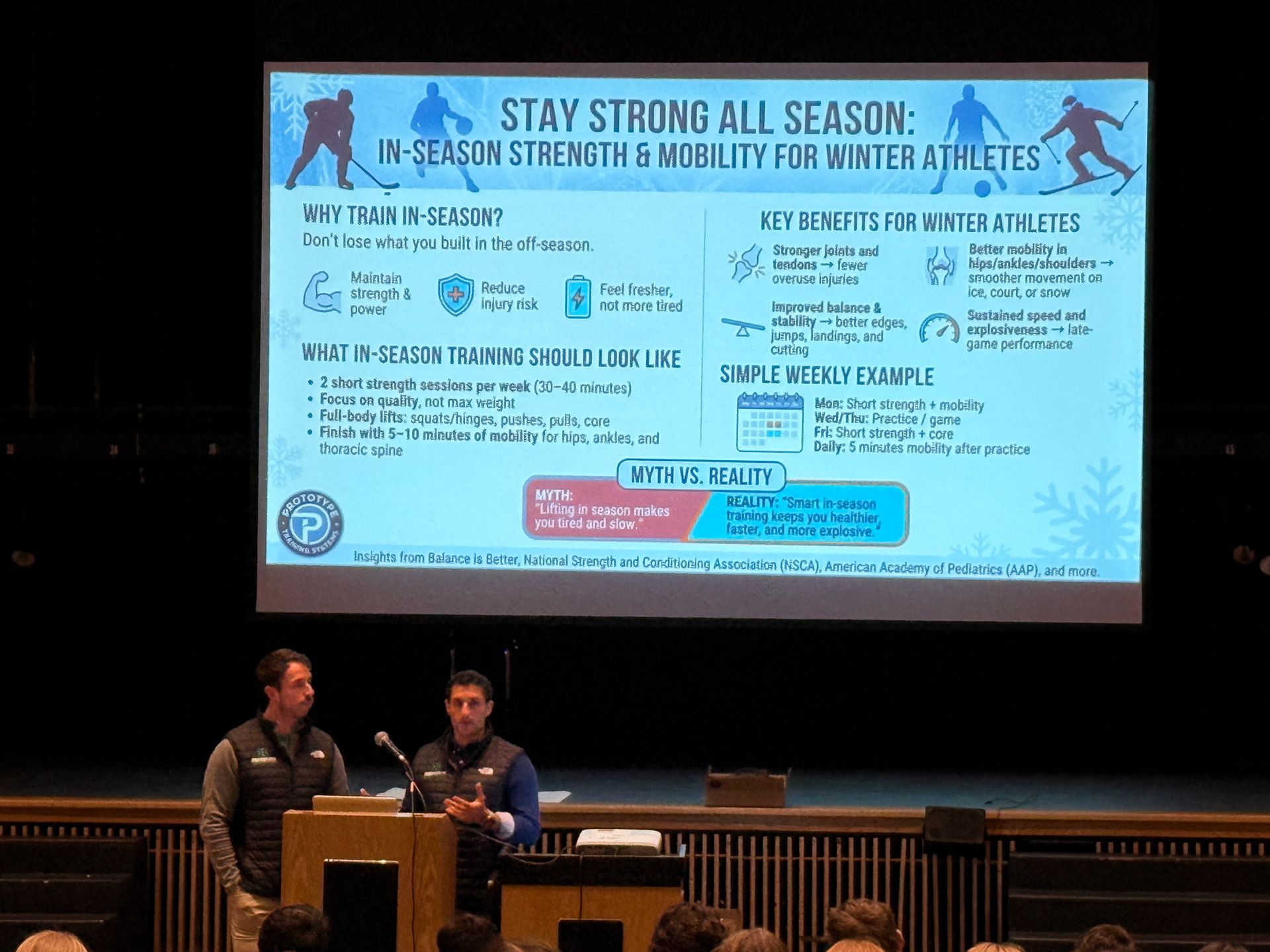Use this Checklist to Grow!
You may use a checklist system for your To-do’s but have you ever used a checklist system for your goals?
By: Mike Collette

I hate making mistakes and I also hate forgetting things that I need to do.
A few years ago when my plate got really full, I started to keep a small notebook on me at all times. I used to think that a checklist was too easy of a solution to improve my efficiency and I arrogantly thought I could just remember everything I had to do. And boy was I wrong!
When I got my notebook I started to create a daily to-do checklist, essentially a checklist of all my responsibilities and things I absolutely needed to get done that day or that week. In addition to the daily to-do list, I color-coded things based on priority and things that would require more time to get done but didn’t need to be done right away.
Instantly my productivity and efficiency went through the roof. I use this tool still to this day and it’s been a game-changer for me. It also helped me become more organized. The only thing I had to remember to do, was to write down the TO-DO!
It was not only a game-changer for being more efficient and productive but it gave me the mental edge and win I needed on a routine basis. The more boxes I was able to check each day, the better I felt and the more confident I felt in my impact.
So this learning got me thinking…since this simple tool worked so well for me on my daily to do’s, this system should be applicable to my goals, habits, and overcoming my biggest obstacles.
That’s why I created what I call the Daily Growth Checklist.
It’s simple, effective and it just might be what you need to hack your growth!

The first step is I needed to identify the categories that align most with not only my values but the areas I need to put energy into routinely to grow.
I call these my 4 Focus Categories. You can have as many as you like but I would stick between 3-5. Choose fewer categories if you need a more streamlined focus, add more if you have room to take on more without spreading yourself too thin.
From here, I started to outline my goals and break down the habits I want to do on my Daily Checklist to help me get closer to what I’m looking to achieve. These are the things that I look to check off on a daily basis. If I am able to check all these boxes daily, I’m putting effort into my development and getting closer to the person I want to be.
Create 3-5 line items on this. This could be your daily goals or habits you are building OR stepping stones to a bigger goal. For example, a Daily Checklist line item can be “Hit Daily Protein intake” but your bigger goal is to lose 20lbs. If you can check off your protein line item daily, it aligns with your weight loss goal. Think of these as tasks to a bigger project.
But it doesn’t stop there. After outlining the things that I want to do on a daily basis based on my specific goals, I created the IMPORTANCE Identifier . Each line item that you have in your Daily Growth Checklist should have an explanation of WHY this is important to your growth or goals. You can keep this high level, but you should be able to clearly define it.

If you’re like me, checklist’s work and if you’re struggling with sorting through everything you would like to achieve, this can be an incredible tool to help you on your journey.
Every 3 months , reevaluate your Daily Checklist and categories. We do this will all of our members at Prototype and we call them Goal Review sessions. This can be a tool you use to break this down. As we tackle goals and grow, this should evolve and it could potentially change. After all, what new goals are you going to set once you achieve these?!
To keep it simple, start with fewer categories and simple daily tasks. The more tasks you put on your to do’s, the more challenging this will be able to accomplish in a day. If it’s too few and really easy to check off daily, start to add more. It’s unrealistic to think you will check off every box every day. So track your weeks, see what you consistently do well on so you can put more focus into checking off the boxes you often miss!
Below I outlined some example categories to help you get started and I also included the PDF with both my personal example and the sample sheet.
Example Categories:
- Work
- Relationships
- Fitness/Health
- Mindset
- Personal Development
- Time Management
- Leadership
- Family
- Personal/Free Time
Download SAMPLE Daily Growth and Impact Identifier
If you’re struggling or need a system to clarify what you need to focus on to grow, this tool can be incredibly helpful. Give it a shot and if you need help, book a Free Goal Review Session and we can take you through it!
The post Use this Checklist to Grow! appeared first on Prototype Training Systems.
Previous Blogs


Climb to New Heights
Prototype Training Systems is more than a gym - it is a lifestyle. Join us today!


